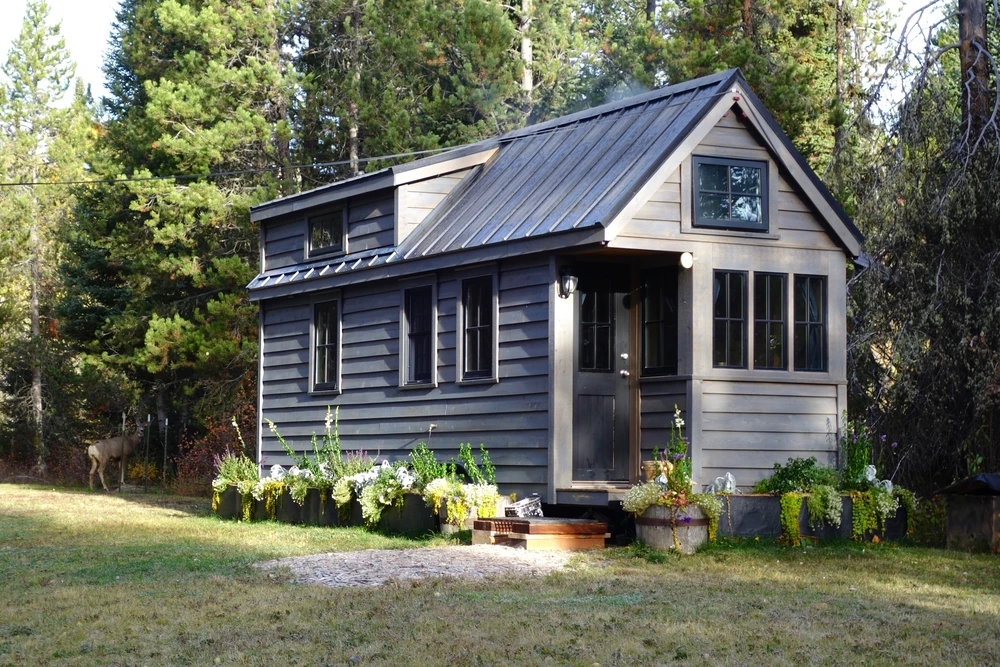
Eco-friendly homes are becoming increasingly popular in Arizona as more homebuyers seek to reduce their carbon footprint and embrace sustainable living. With abundant sunshine and a growing number of green communities, Arizona is at the forefront of the eco-friendly home movement. Let’s explore why eco-friendly homes are gaining traction in the Grand Canyon State and the benefits they offer.
Introduction
Eco-friendly homes, also known as green homes, are designed to be energy-efficient and environmentally sustainable. These homes use innovative building materials, energy-efficient systems, and renewable energy sources to minimize their impact on the environment. In Arizona, the demand for these homes is on the rise, driven by the state’s ideal climate for solar energy and the increasing awareness of environmental issues.
Why Arizona is Perfect for Eco-Friendly Homes
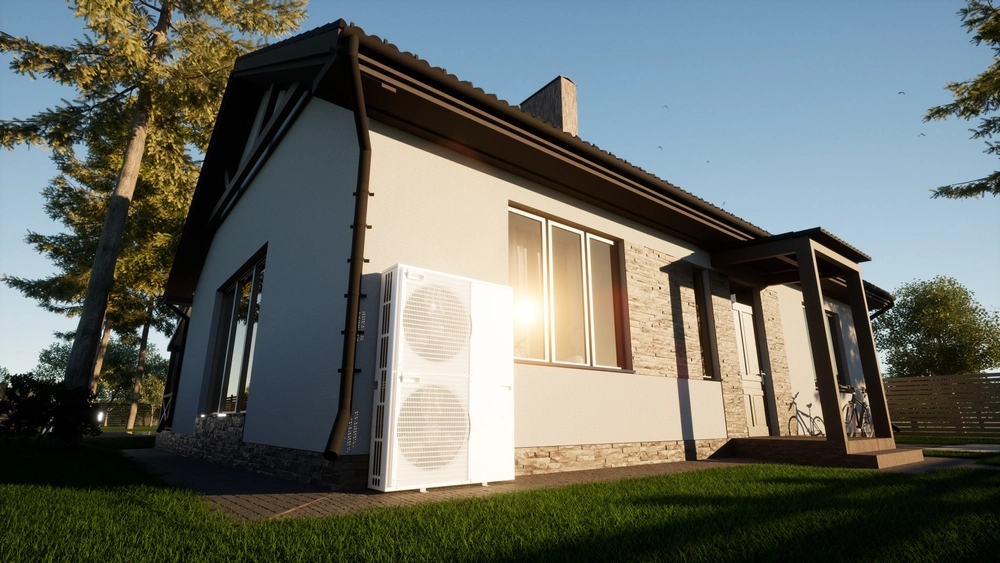
Abundance of Solar Energy
Arizona is blessed with over 300 sunny days per year, making it an ideal location for harnessing solar energy. The state ranks third in the nation for solar energy production, with nearly 5,000 megawatts of solar capacity installed. This abundant sunshine allows homeowners to significantly reduce their electricity bills by installing solar panels.
Supportive Legislation and Incentives
Arizona offers various incentives for homeowners who invest in renewable energy and energy-efficient upgrades. These include state tax credits, federal tax credits, and utility company rebates. For example, the Federal Investment Tax Credit (ITC) allows homeowners to deduct 26% of the cost of installing a solar energy system from their federal taxes. Additionally, programs like the Arizona Residential Solar and Wind Energy Systems Tax Credit provide further financial benefits to eco-conscious homeowners.
Growing Number of Green Communities
Many new housing developments in Arizona are being built with sustainability in mind. Communities like Verrado in Buckeye and Civano in Tucson are leading the way with homes that feature energy-efficient designs, solar power, and sustainable landscaping. These communities often include amenities such as community gardens, walking trails, and recycling programs, making it easier for residents to live sustainably.
Benefits of Eco-Friendly Homes
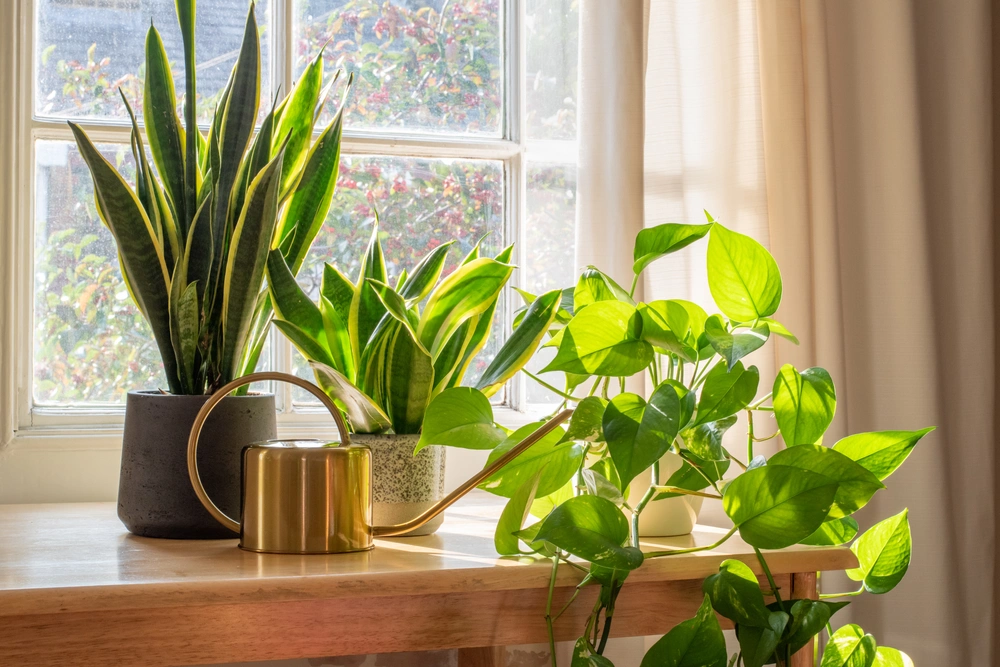
Energy Efficiency
Eco-friendly homes are designed to be highly energy-efficient, which can lead to significant savings on utility bills. Features such as high-performance windows, advanced insulation, and energy-efficient HVAC systems help to reduce energy consumption. According to the U.S. Department of Energy, properly insulated homes can save between 10-50% on heating and cooling costs.
Environmental Impact
Green homes contribute to reducing greenhouse gas emissions and conserving natural resources. For example, LEED-certified homes use 20-30% less energy than non-green homes and can reduce CO2 emissions by up to 35%. These homes also promote water conservation through the use of low-flow fixtures and drought-resistant landscaping, reducing water usage by 20-30%.
Health and Wellness
Eco-friendly homes often incorporate materials and technologies that improve indoor air quality, making them healthier for occupants. The use of non-toxic paints, formaldehyde-free insulation, and proper ventilation systems help to minimize indoor pollutants. Studies have shown that residents of green homes experience fewer respiratory issues and overall better health.
Popular Areas in Arizona for Eco-Friendly Homes
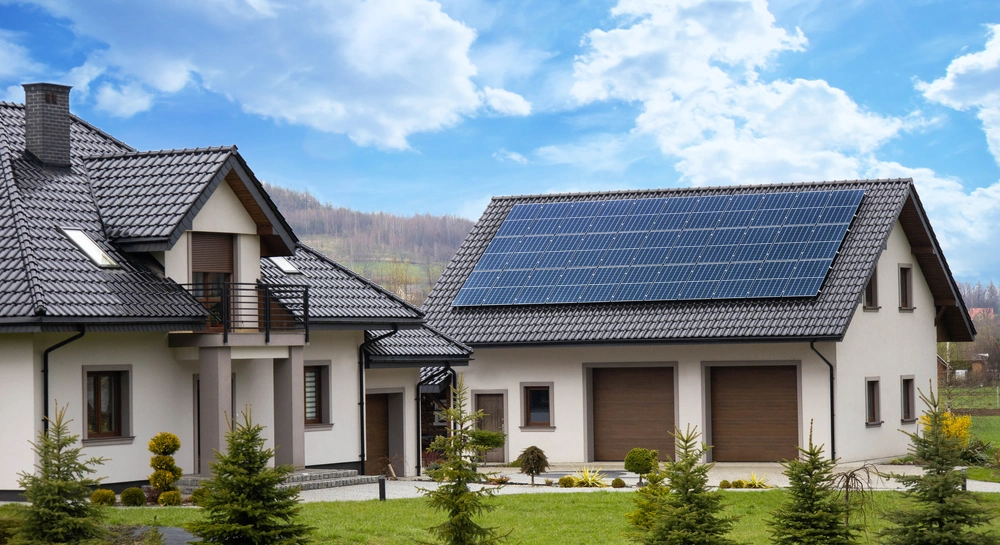
Phoenix
Phoenix is leading the way in eco-friendly home developments, with numerous LEED-certified homes and communities. One notable example is The Galleries at Turney, which includes eight 2,000-square-foot homes. These homes are designed with non-toxic spray-foam insulation, highly reflective roofing, and energy-efficient systems, resulting in utility bills as low as $125 per month compared to $400-$600 for traditional homes of similar size.
Tucson
Tucson is another hotspot for green living, with many communities adopting sustainable practices. One standout project is Civano, a master-planned community that incorporates solar power, water conservation systems, and green building materials. Homes in Civano often feature energy-efficient designs and solar panels, helping residents save significantly on energy costs. This community serves as a model for sustainable urban development in the desert.
Scottsdale
Scottsdale is home to luxury eco-friendly developments, such as the projects by Desert Star Construction. This builder focuses on integrating solar energy, advanced insulation techniques, and sustainable building materials into their homes. Their projects not only reduce environmental impact but also offer enhanced comfort and long-term savings for homeowners.
Case Studies and Success Stories
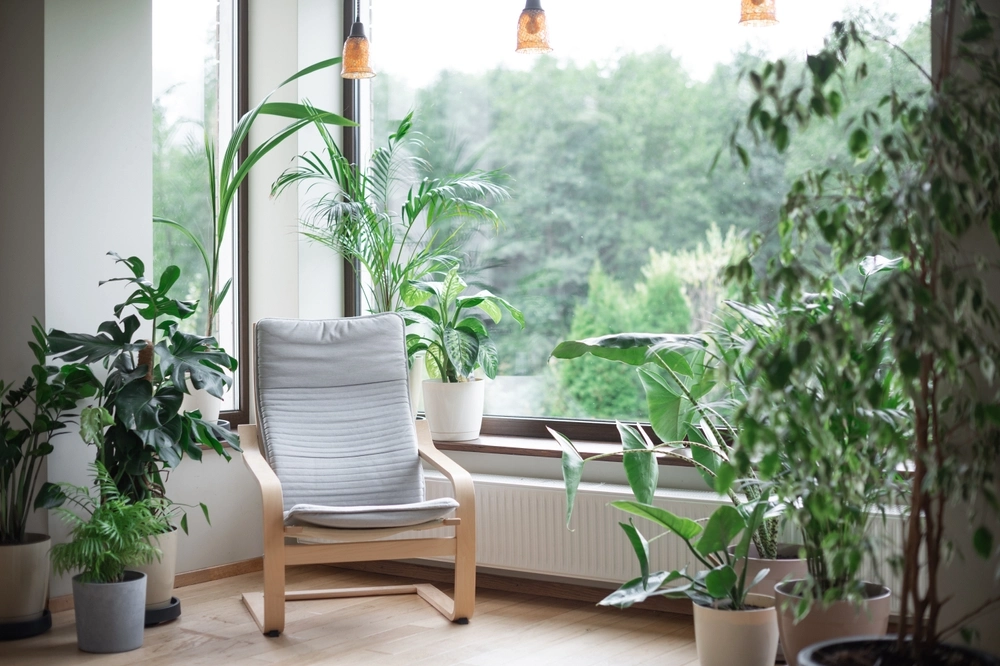
Galleries at Turney, Phoenix
The Galleries at Turney is a pioneering project in Phoenix, showcasing the benefits of LEED-certified homes. This development includes eight homes with features such as non-toxic spray-foam insulation and highly reflective roofing. The energy efficiency of these homes leads to utility bills as low as $125 per month. This project has not only set a new standard for green building in Arizona but also educated homeowners on the financial benefits of sustainable living.
Eco House by Atelier Vibeke Lichten
The Eco House in Scottsdale, designed by Atelier Vibeke Lichten, is another excellent example of sustainable architecture. This home features solar panels that supply all its electricity, a vegetable garden on the roof, and advanced insulation techniques. The house is oriented to maximize sunlight exposure for the solar panels, ensuring high energy efficiency.
Hempcrete Home, Tucson
A notable eco-friendly home in Tucson is constructed using hempcrete, a sustainable building material. This home benefits from hempcrete’s excellent insulation and moisture regulation properties, providing a comfortable living environment with reduced energy costs. Hempcrete’s durability and fire resistance also contribute to lower maintenance costs and enhanced safety.
The Future of Eco-Friendly Homes in Arizona
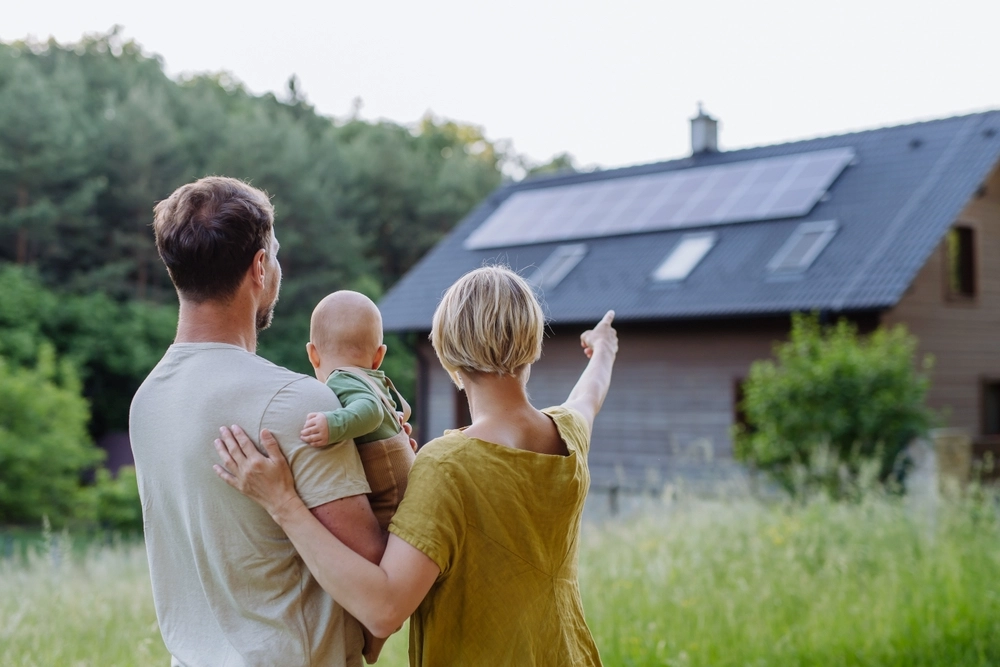
Predictions for Market Growth
The demand for eco-friendly homes in Arizona is expected to continue growing as more homeowners become aware of the environmental and financial benefits. The state’s abundant sunshine and supportive policies make it an ideal location for green living. With advancements in technology and building materials, eco-friendly homes will become more accessible and affordable, encouraging more homeowners to invest in sustainable living.
Upcoming Developments and Trends
Future developments in Arizona are likely to focus on integrating smart home technologies with sustainable practices. Innovations such as smart thermostats, energy-efficient HVAC systems, and advanced insulation materials will play a significant role in new eco-friendly homes. Additionally, the use of renewable energy sources like solar and wind will become more prevalent, further reducing the environmental impact of residential buildings.
Innovations in Sustainable Building Practices
New materials and construction techniques are constantly being developed to enhance the sustainability of homes. For example, the use of hempcrete, recycled materials, and energy-efficient designs are becoming more common. These innovations not only improve the environmental performance of homes but also offer long-term cost savings for homeowners. As these practices become more widespread, the overall impact on the environment will be significantly reduced.
Conclusion
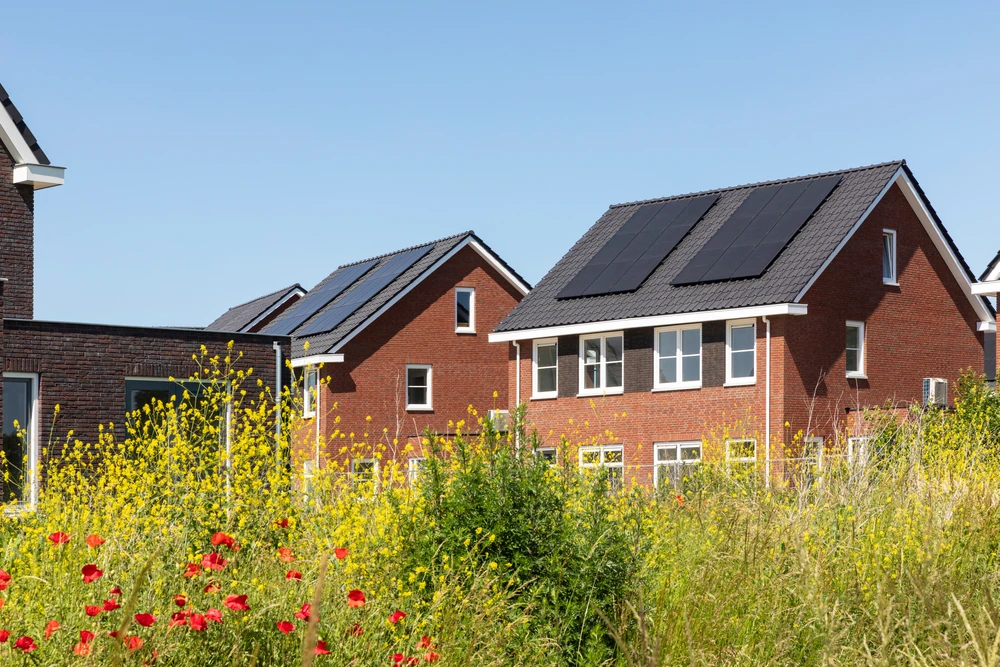
Eco-friendly homes are not only a growing trend in Arizona but also a smart investment for homeowners looking to reduce their environmental impact and save on energy costs. With the state’s abundant sunshine, supportive legislation, and a growing number of green communities, Arizona is an ideal place to embrace sustainable living. From solar panels and energy-efficient appliances to sustainable building materials and advanced insulation techniques, the benefits of eco-friendly homes are extensive.
As more builders and homeowners prioritize sustainability, the availability and affordability of green homes will continue to improve. Financial incentives, such as federal and state tax credits, utility company rebates, and long-term cost savings, make investing in eco-friendly features an attractive option. Whether you are building a new home or upgrading an existing one, choosing eco-friendly options can lead to a healthier, more sustainable lifestyle.